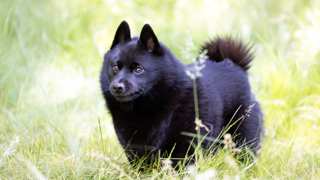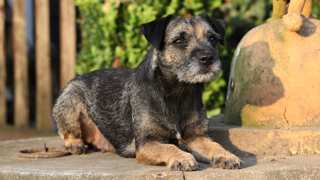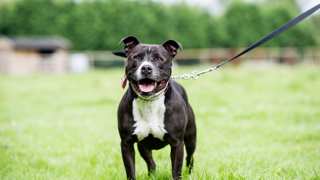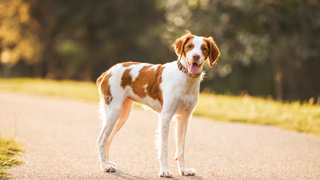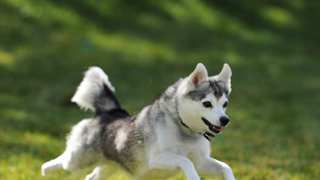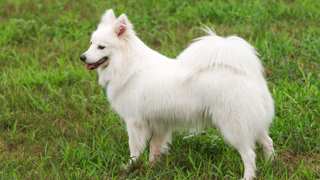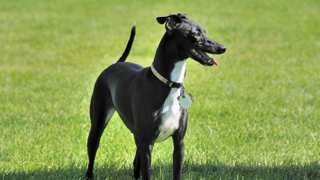Though small, these dogs are very athletic and agile, so Patterdale Terrier exercise requirements are moderate overall. Patterdales are intelligent and extremely task-oriented hunting dogs, so they'll need activities that stimulate them mentally as well as physically. They also make good jogging companions.
The typical adult Patterdale Terrier, depending on its age and overall activity level, will need about 45 minutes of proper exercise per day, which you can accomplish with a couple of walks or jogs and a moderate period of play. You can start exercising your Patterdale puppy at 2½-3 months old by taking it on short (5- to 10-minute) leashed walks, then you can increase the walks' length and frequency as the puppy grows. And these early walks are a good time to give the pup leash training: make sure your Patterdale puppy walks beside or behind you on the leash instead of being allowed to lead or "tug" on it. This establishes you as the leader, and will help minimize the dog's stubbornness and high prey drive once it matures.
A few precautions to keep in mind when exercising your Patterdale Terrier: first, puppies younger than eight months old shouldn't participate in activities that include a lot of jumping, running, or navigating of stairs, as doing so can injure their still-developing joints and bones. And regardless of age, all Patterdales should be leashed when in public. These dogs have incredibly high prey drives, and will instinctively chase animals--birds, squirrels, cats, even small dogs--if given the chance; a leash will help you control your Patterdale when it spies an interesting-looking critter. Even when exercising in your own yard, the area will need to be securely fenced to keep the dog from running off after small animals. Otherwise, Patterdales are hardy, versatile dogs that can exercise in a variety of situations and weather conditions.
Safeguards aside, exercising your Patterdale every single day is a must. These dogs are willful, task-oriented, and active, and if bored or restless they'll turn incredibly destructive, fussy, and disobedient. Consistent exercise will be great for your Patterdale's peace of mind--and for your own sanity! A few exercise ideas:
- Walking/Jogging: Two 20-minute walks (or 15-minute jogs) per day is a good target
- Fetch: A Patterdale will chase a ball or stick for hours
- Hide-and-Seek: Great indoor, rainy-day activity; give the dog a treat when it finds you
- Canine Sports: These dogs can excel at obedience and agility trials, flyball, and other competitions
- Hiking: Excellent bonding activity; bonus if you can find a remote area where the dog can be off-leash
When indoors, it's a good idea to give your Patterdale access to one or more balls or toys that will allow the dog to burn excess energy. It's also recommended that you establish a regular exercise schedule for the dog, such as walks or jogs after breakfast and dinner and a play period in the afternoon.

